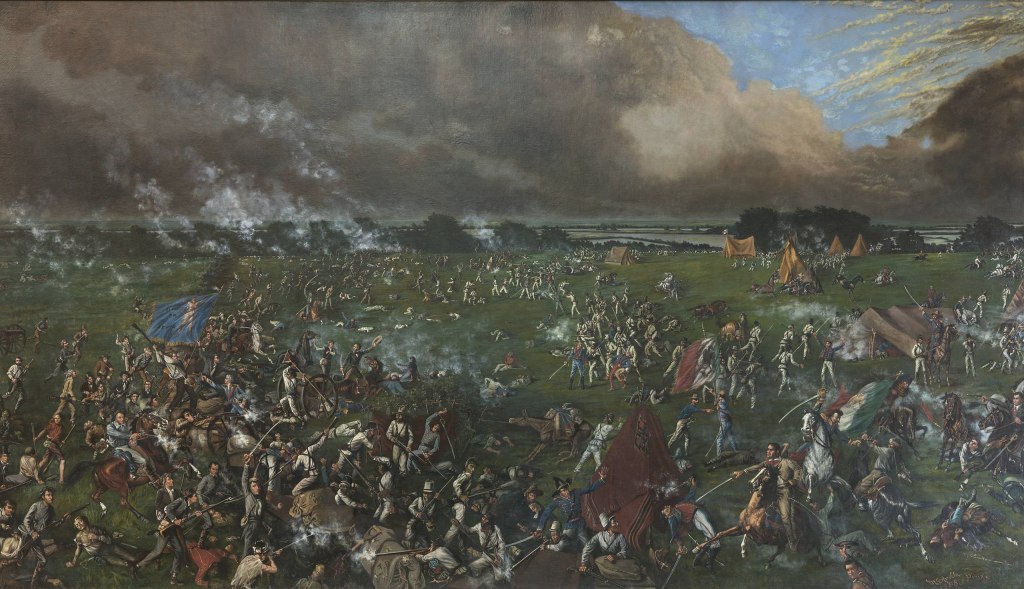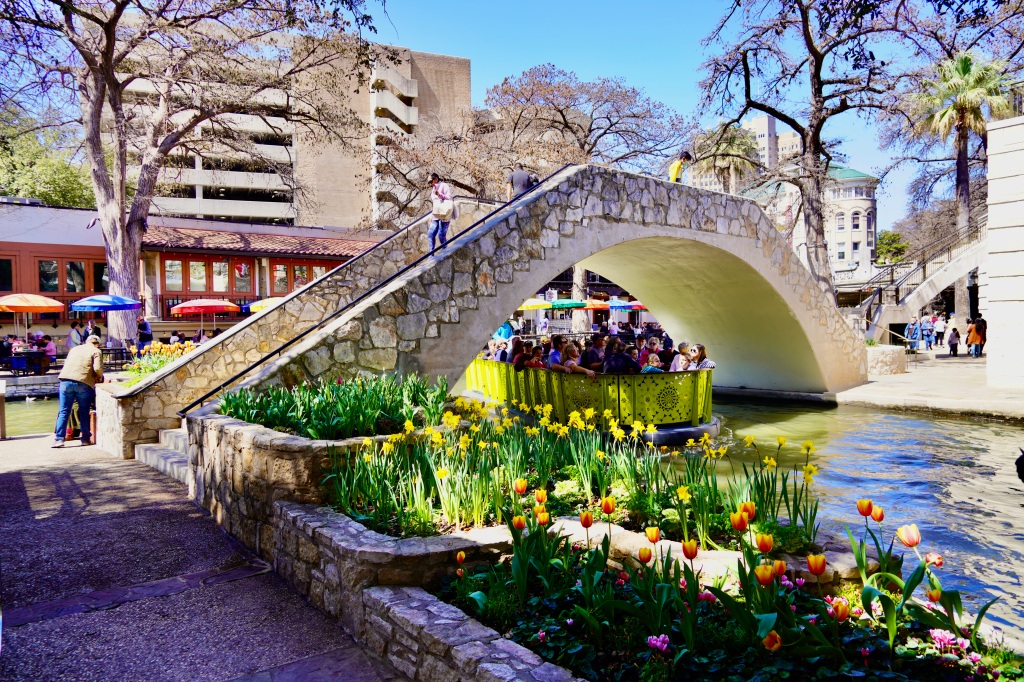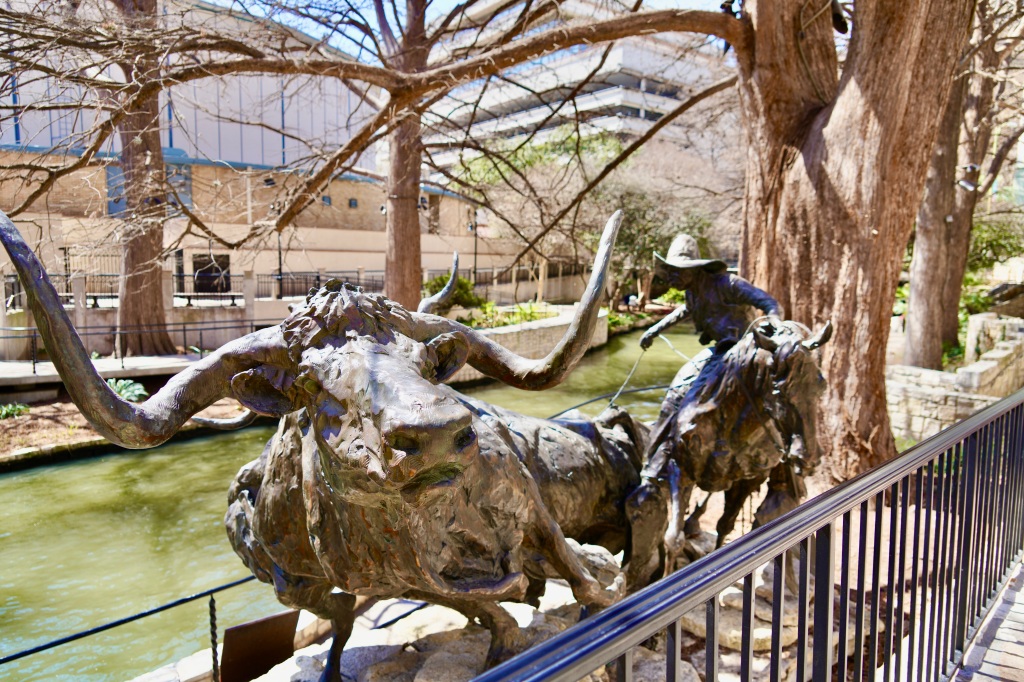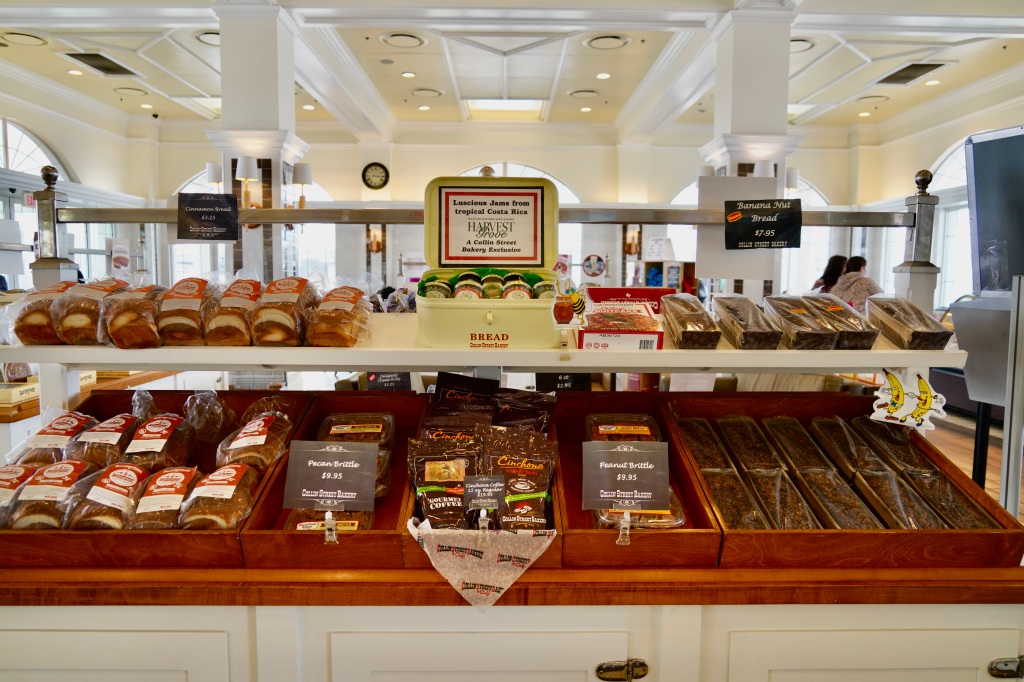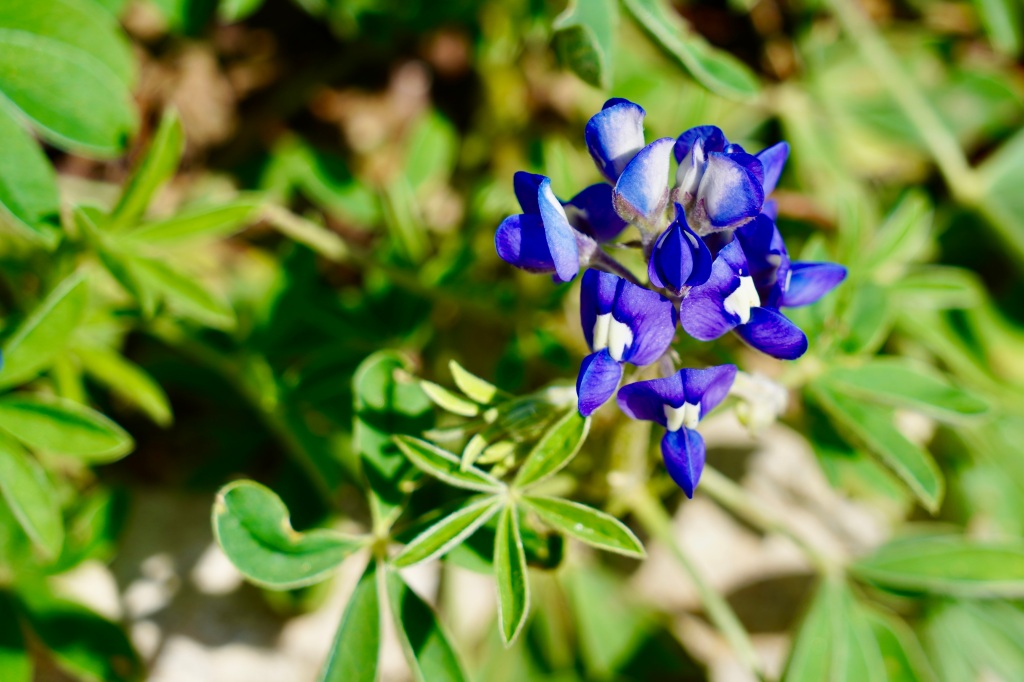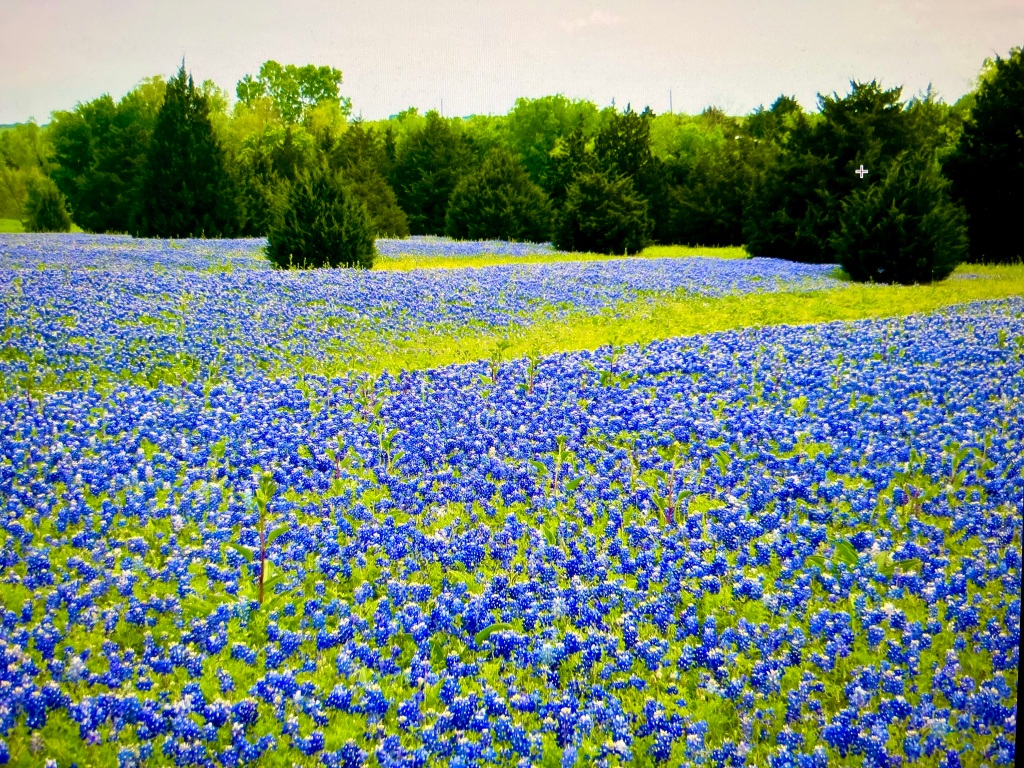
Today’s superheroes wear sci-fi suits and fly around the world doing impossible things, but when I was a little girl, most of our heroes were ordinary people who could do extraordinary things, like the men who died so heroically at the Alamo. One of my favorite folk heroes was Davy Crockett—”King of the Wild Frontier,” a powerful but human woodsman who wore a coonskin cap and killed a bear when he was only three (although Davy denies killing a bear at three in his autobiography).

Davy Crockett was made famous for my generation (“Baby Boomers”) by Walt Disney, who produced five TV episodes between 1954-1956 that were condensed into two movies.

I think the best movie for today’s generation is The Alamo, a 2004 version declared by CNN to be the most historically accurate dramatization of the events that led to Davy’s death. (Don’t bother with the 2015 reimagined story if you have any interest in actual history.)

The legendary Davy Crockett was a more-than-human being who wrestled bears and rode alligators down the Mississippi River. On rainy nights, he rode lightning bolts and could wring the tale off Haley’s Comet.

The real Davy Crockett was a rough and ready character who loved to tell stories of his exploits and was delighted when a play came out about him in 1831, “The Lion of the West,” which made him wildly popular and nationally famous.

Birthplace of Davy Crockett in Limestone Tennessee
He really did live a very colorful life. He was born in a state that no longer exists: “Franklin” (part of North Carolina that declared its independence, although it eventually became a part of Tennessee). He only attended school for four days and then ran away from home for years rather than endure his father’s whipping for beating up a much larger bully and then playing hooky to avoid punishment.

Portrait of Crockett by William Henry Huddle
As a young man, he tried his hand at everything from farming to various business endeavors. He served as a scout under Andrew Jackson during the Red Sticks War in Alabama and then during Jackson’s War of 1812 in Florida. He preferred hunting game to feed the troops over engaging in warfare. During one winter, he killed 105 bears, which helped save the army from starvation. He was more a man of peace than war, though, so he ended up paying a young man to finish his term of enlistment (until March, 1815). Instead, Davy became a professional bear hunter to provide a living for his family.

Davy Crockett had neither a heart for war nor a thirst for blood (despite his wild reputation), although he was a frontiersman at heart. He tried to settle down and help America grow into her new skin (following the huge land increase from the Louisiana Purchase) by going into politics. He served six years in Congress, advocating for the poor but not getting a single bill passed. It sounded to me like he felt frustrated and cooped up, although that was only written between the lines.
Although Davy Crockett really admired Andrew Jackson, Crockett took a stand against Andrew Jackson’s Indian Removal Act, calling it a “wicked, unjust measure” (which it was, although the settlers were afraid of the Native Americans so wanted them forced out of their homelands). Unfortunately, Crockett was the only member of the Tennessee House of Representatives to vote against the cruel law, and it cost him his political career. Much as he disapproved of Jackson, he later helped save the 67-year-old president’s life when an insane housepainter fired two pistols point-blank at Jackson’s chest. (The man thought he was the proper heir to the British throne but Jackson had murdered his father.) Miraculously, both pistols misfired, and Davy was one of the men close enough to wrestle the man to the ground.
In 1835, the Crockett Almanac first came out, filled with advice but also tall tales about Davy.

To correct some of these errors, Davy decided to write an autobiography. Alan and I listened to the book on our trip and truly enjoyed it. Davy Crockett is very folksy but intended to “set the record straight,” and it sounded like he was hoping to run for president in the future.

Sadly, that chance never came. The book we listened to (his autobiographical memoirs) ended on the night before the massacre.
The interesting thing to me is that the legends around Davy Crockett aren’t nearly as compelling as some of the facts. He was more interested in saving lives than killing people. He was a compassionate man who advocated for the poor and chose to stand against everybody in Congress to defend Native Americans, even though it cost him his political career. Even at the Alamo, he was trying to defend the right of people to have self-rule.

Tennessee, Davy’s home state, is the “Volunteer State.”
“This is the message that comes from the dead.
This is the light down the path where he lead;
‘Be sure you’re right, then go ahead—’
This is the call of Crockett.”

Painting of Davy Crockett by John Gadsby Chapman
The real David Crockett was a mountain of a man, someone whose life was larger than his legends. Even though he lost his political career and eventually lost his life, he continued to fight for what he believed to be right. He’s a hero worth admiring: “Figure out what’s right and then do it.” Amen! That takes more character than taming alligators or riding lightning bolts!

Davy Crockett reminds me of the world’s greatest hero, Jesus Christ, who gave up everything “for the joy set before him” (Hebrews 12:20). He died in the fight for freedom too—freedom from slavery to sin and eternal death. But, thank God, He will come again someday to set everything right: “And I saw heaven opened, and behold a white horse; and he that sat upon him was called Faithful and True, and in righteousness he doth judge and make war” (Revelation 19:11).










